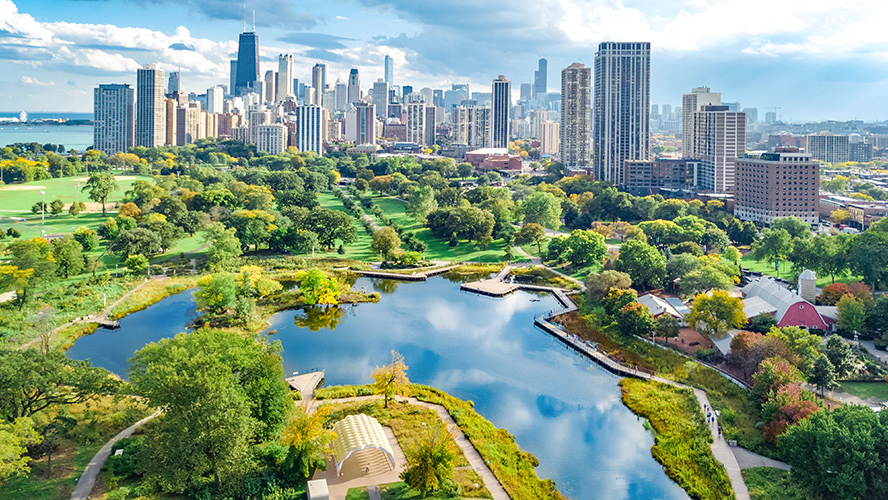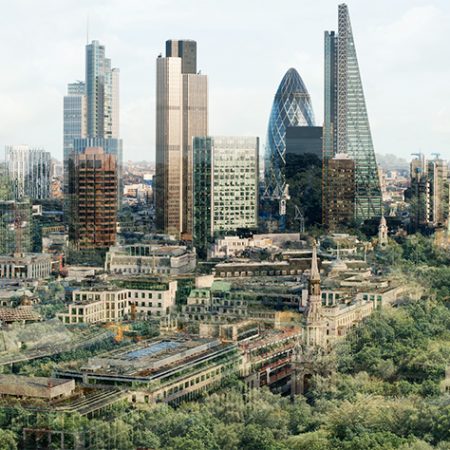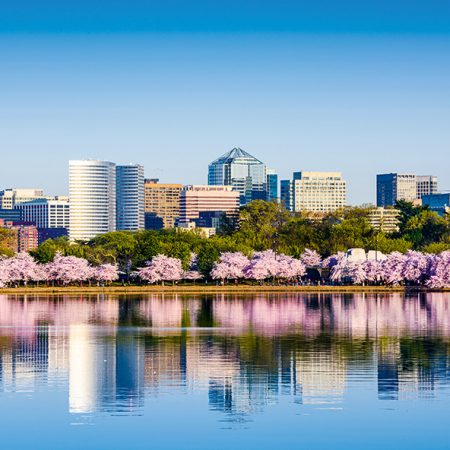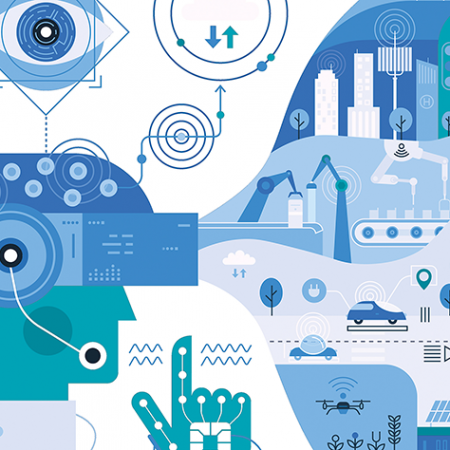Biodiversity loss is accelerating everywhere, and reversing this catastrophic decline is a challenge for cities as much as for any other place, least of all because this is where the majority of the world’s population resides. It is a collective challenge that is best summarised by the IPCC (Intergovernmental Panel on Climate Change), which outlines the need for a GHG emissions reduction of 45% by 2030 and 100% by 2050 to avoid the worst impacts of climate change.
A healthy, thriving natural world is vital for creating resilient urban places. The link between the two is one that cities are increasingly taking seriously, and more so since the pandemic. Green space, clean waterways and diverse plant communities, for instance, can address a multitude of pressing issues. Plants and trees reduce pollution and natural landscaping can help prevent flooding. While gardens (of all shapes and sizes) help with a range of mental and physical health conditions.
A growing evidence base
For a long while we have instinctively understood these issues in the context of city living but as more planners, policymakers, and developers embrace the possibilities, the evidence base is growing. These examples show that when urban biodiversity is co-opted into policy, resource allocation, and city management, it produces great outcomes for all species, including human. The restoration of Hong Kong’s oyster reefs is a case in point. A single oyster can filter 200 litres of water a day, improving water quality while reviving species.
Sadly, these ideas are no longer a nice to have. The urgency is critical. The need to establish a solid working relationship between nature and cities is all too real as weather patterns shift, bringing extreme heat and flooding.
Amid this overwhelming challenge many cities are making headway, using thoughtful, creative approaches to adopt nature-based solutions to safeguard against the changing climate and help reduce the overall greenhouse gas emissions that all cities must achieve. In addition to the environmental benefits, biodiversity can create sustainable industries, too.
The city of Kunming, China, proves this. An entire flower industry has sprouted around the remarkable biodiversity of Yunnan Province, home to nearly 43% of China’s protected plants (on little over 4% of its land area). In 2021, sales in Dounan Flower Market in Kunming, increased by nearly 37% year-on-year, providing valuable jobs and increasing incomes in a Province far from the richer coastal cities.
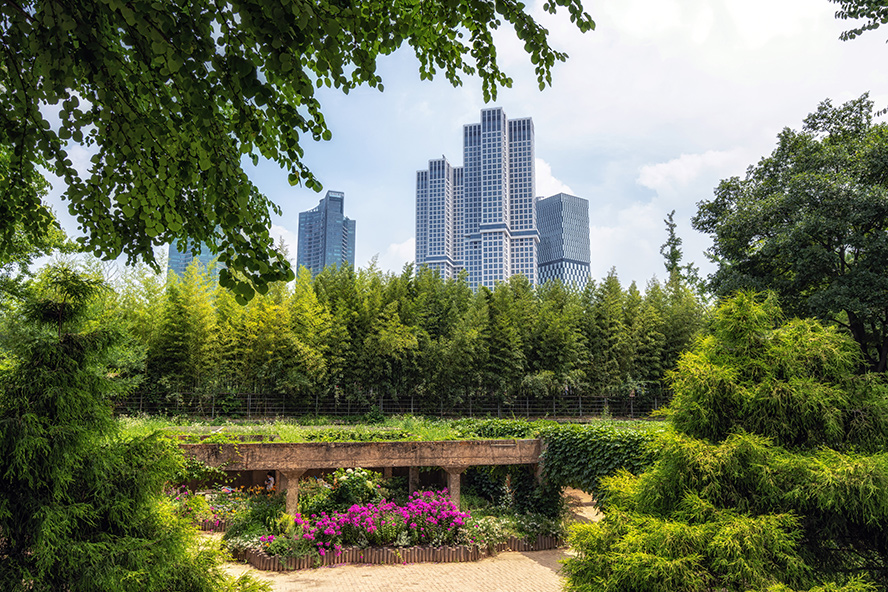
Recruiting city parks to fight climate crisis
One of the targets of the UN’s New Global Framework for Managing Nature Through 2030 – a framework to help transition to ‘living in harmony’ with nature by 2050 – is conserving a minimum of 30% of land and sea landscapes around the globe for restoration or protection of biodiverse areas.
Parks, derelict sites, rivers, private gardens, roof tops and even country parks close to Central Business Districts (CBDs) can be part of that. They are canvases that can be used to significantly multiply the number of plant and insect species, which could help remove carbon dioxide from the air.
Biodiversity offers city-dwellers with other “ecosystem services”. Trees provide shade, improve air quality, and the soil they stand on soaks up rainwater, unlike the impervious paving that covers most metropolises, helping with flood mitigation.
On mass, tree canopies are vital in decreasing the urban heat island effect, which is the tendency of metropolitan areas to be warmer than rural places because of the combined thermal energy of people, traffic, and buildings. Having more trees can therefore decrease the energy demand for cooling, which, in cities, can also be provided by extensive green walls and roofs. Meanwhile, gardens and farms can increase food self-sufficiency, support local farms, and foster a sense of community.
Bespoke solutions
Biodiversity can be tailored to a city’s specific challenges. In Vietnam, mangroves are on the front line of Ho Chi Minh City’s efforts to tackle its high flood risk. There have been around 160 square kilometres of replanting of these incredible natural sponges, increasing carbon storage and improving water quality.
In Australia, the City of Sydney council and New South Wales National Parks and Wildlife Service, has programmes to improve biodiversity in some of the city’s most used parks. These programmes have included new grass planting schemes and ground cover plants that will support invertebrates, reptiles and small birds. Parks are linked as one continuous biodiversity corridor around the Glebe peninsular, with no-mow zones and the restoration of wetlands in Sydney Park, located in the city’s inner west.
Singapore is among several Asian cities making biodiversity progress. There has been a significant increase in the inclusion of soft landscaping schemes in new buildings, and building owners are encouraged to incorporate vertical greenery, green roofs, rooftop farming and green plot ratio (GPR) standards.
Over in New York City, the co-developers of Hudson Yards – Related Companies and Oxford Properties Group – have installed a 60,000 gallon rainwater collection tank, saving 6.5 MWh of energy for water treatment and conveyance, and offsetting 5 tons of GHG annually. It also created an urban oasis for people to mingle alongside plants, migratory birds, and pollinators in the middle of New York City.
Resilience aids regeneration
Urban biodiversity is also a tool for regenerating an unappealing part of town, infusing it with environmental, social, and economic value. Cheng-gye-cheon – which means ‘clean water stream’ in Korean – was once one of the most undesirable neighbourhoods in Seoul. An elevated highway was a conveyer belt for commuters, generating air and noise pollution over a buried stream.
But a restoration effort of the 10.9 km-long waterway began to address pollution, flooding and create a nature-based public amenity. Following the reconstruction, the amount of plant, mammal, insect, and bird species surveyed between 2003 and 2008 grew by 600 percent, according to the City of Seoul.
Now, during the summer, temperatures around the stream measure 3.3 to 5.9 degrees centigrade cooler compared to four blocks away. Values of properties within 50 metres of Cheng-gye-cheon have since increased by up to 50%. There has also been an increase in the number of working people in the area by 0.8% compared to the 2.6% decrease across the city.
It was win-win for all. Indeed, this is what is compelling about nature in the metropolis: that from whichever angle you look at it, bringing green into the grey creates a place that is better – scientifically, visually, emotionally, physically, mentally and economically. There is no time to lose in bringing biodiverse cities to life.
